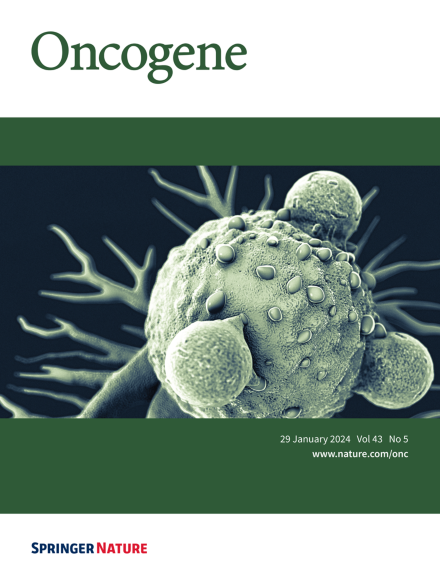Post-transcriptional control of gene expression by β-catenin: expanding the non-canonical ARMoury
IF 7.3
1区 医学
Q1 BIOCHEMISTRY & MOLECULAR BIOLOGY
引用次数: 0
Abstract
The Wnt/β-catenin pathway is an evolutionarily conserved signal transduction cascade with critical regulatory roles in cellular proliferation, cell fate determination and tissue homeostasis. Through the regulation of multiple human stem cell systems, canonical Wnt signalling is not only a major contributor to normal development, but also heavily implicated in a multitude of human diseases, including cancer. The central mediator of the pathway β-catenin, first identified as Armadillo (ARM) in Drosophila, has well-defined roles in cell adhesion and transcription within the pathway. However, accumulating evidence suggests β-catenin functionality is more complex than initially anticipated with reported roles beyond those historically characterised, including the regulation of RNA and RNA-binding proteins (RBP). This review will summarise the current understanding around β-catenin as a post-transcriptional regulator in normal and malignant development, drawing particular attention to cell types not traditionally used to characterise Wnt signalling but uniquely placed to reveal novel β-catenin function.

β-catenin对基因表达的转录后调控:扩展非规范军械库。
Wnt/β-catenin通路是一个进化上保守的信号转导级联,在细胞增殖、细胞命运决定和组织稳态中起着关键的调节作用。通过多种人类干细胞系统的调控,典型的Wnt信号不仅是正常发育的主要贡献者,而且与包括癌症在内的多种人类疾病密切相关。该通路的中心介质β-catenin首先在果蝇中被鉴定为Armadillo (ARM),在该通路的细胞粘附和转录中具有明确的作用。然而,越来越多的证据表明,β-catenin的功能比最初预期的要复杂,报道的作用超出了历史上的特征,包括RNA和RNA结合蛋白(RBP)的调节。这篇综述将总结目前关于β-catenin在正常和恶性发育中作为转录后调节因子的理解,特别关注传统上不用于表征Wnt信号的细胞类型,但独特地揭示了β-catenin的新功能。
本文章由计算机程序翻译,如有差异,请以英文原文为准。
求助全文
约1分钟内获得全文
求助全文
来源期刊

Oncogene
医学-生化与分子生物学
CiteScore
15.30
自引率
1.20%
发文量
404
审稿时长
1 months
期刊介绍:
Oncogene is dedicated to advancing our understanding of cancer processes through the publication of exceptional research. The journal seeks to disseminate work that challenges conventional theories and contributes to establishing new paradigms in the etio-pathogenesis, diagnosis, treatment, or prevention of cancers. Emphasis is placed on research shedding light on processes driving metastatic spread and providing crucial insights into cancer biology beyond existing knowledge.
Areas covered include the cellular and molecular biology of cancer, resistance to cancer therapies, and the development of improved approaches to enhance survival. Oncogene spans the spectrum of cancer biology, from fundamental and theoretical work to translational, applied, and clinical research, including early and late Phase clinical trials, particularly those with biologic and translational endpoints.
 求助内容:
求助内容: 应助结果提醒方式:
应助结果提醒方式:


